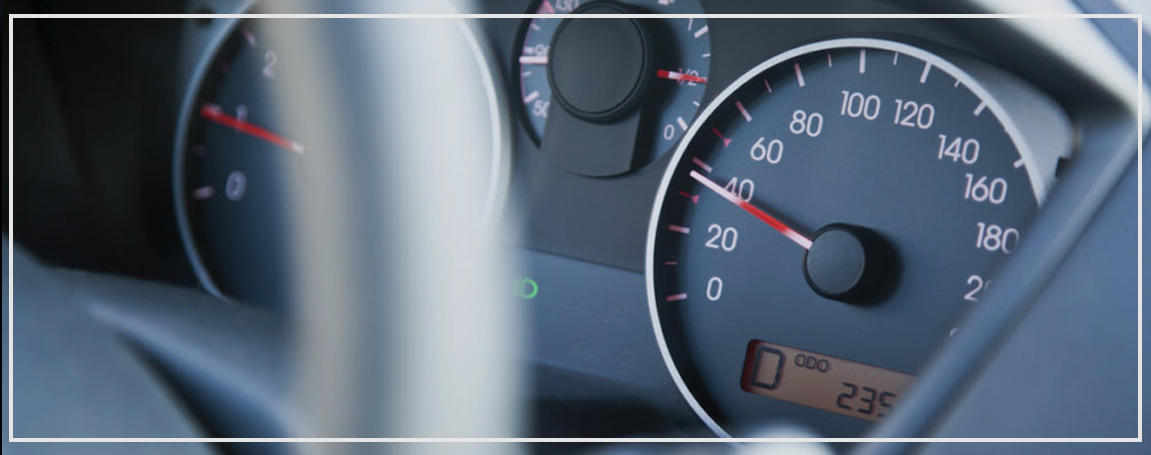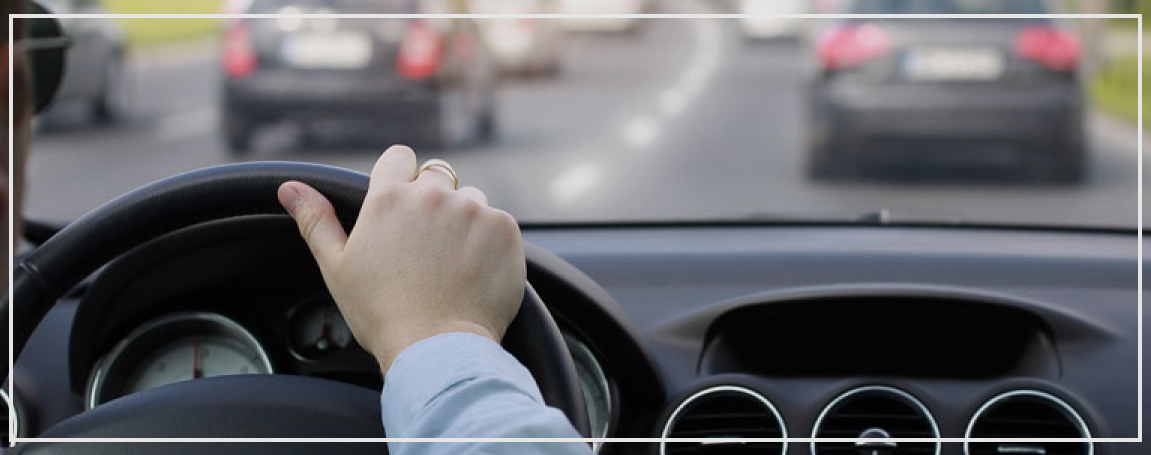Driving habits for better fuel economy
Driving habits for better fuel economy
Posted on May 27, 2022
Any good driver knows that fuel economy is a top priority; it's the key to saving money on gas, reducing your carbon footprint, and keeping a healthy distance from other vehicles. However, how do you get there? Here are some of the best driving habits for better fuel economy.
Accelerate Gently

The first step to getting better fuel economy is assessing what you're doing wrong. The average person accelerates too quickly, which causes the engine to work harder than it needs to. The resulting inefficiency wastes fuel and money while also increasing greenhouse gas emissions.
Worse yet, accelerating too quickly can cause you to reach your destination with less energy than you started with. Try accelerating gently because there's a good chance your car's manufacturer designed it that way because they want to give you better fuel economy.
Maintain the Right Speed

Next, take into account the speed limit signs. If you’re in a high-traffic area, you might want to drive slower than the speed limit so your vehicle doesn't guzzle gas at an unnecessary rate. In addition, try not to accelerate or decelerate too quickly. Pumping the gas pedal up and down will make the car consume more gas than it has to.
Clear the Clutter From the Car

Car clutter and junk in the trunk are to blame for up to 25% of your car's drag coefficient. Clear off your dashboard and center console. Get rid of anything that isn't necessary for driving. Ensure you can easily see the speedometer and odometer, and make sure you have enough room for your hands on the steering wheel without touching any buttons or knobs.
Check Tire Pressure
For a long time, drivers have been taught to check their tire pressure at least once a month. Yet recently, studies have shown that checking tire pressure can affect more than just the tires; it can affect your fuel economy!
This is because when tires are under-inflated, they have to work harder to roll over and grip the road. Instead of rolling smoothly over bumps and dips in the road, under-inflated tires "bounce" over them, forcing the car to expend extra energy.
If you're seeing an increase in your gas bill with no changes in driving habits, consider checking your tire pressure!
Schedule Regular Car Maintenance
With fuel costs rising, many car owners wonder how they can reduce the amount they spend on gas every year. While there are many different ways to do this (mentioned above), one of the best options is to schedule regular car maintenance.
Your car must be well-maintained to run efficiently because an inefficient engine will consume more fuel than a well-run one. When you schedule regular maintenance for your vehicle, you can have a mechanic make sure that everything is working at peak performance, which will help you save money on gas.
Conclusion

As you can see, giving your car a tune-up is an easy and effective way to improve fuel economy. Whether it's changing the spark plugs or brakes, checking tires or clearing clutter, you'll take a small step toward saving money on gas. Have you tried any of these tips to improve fuel economy?
